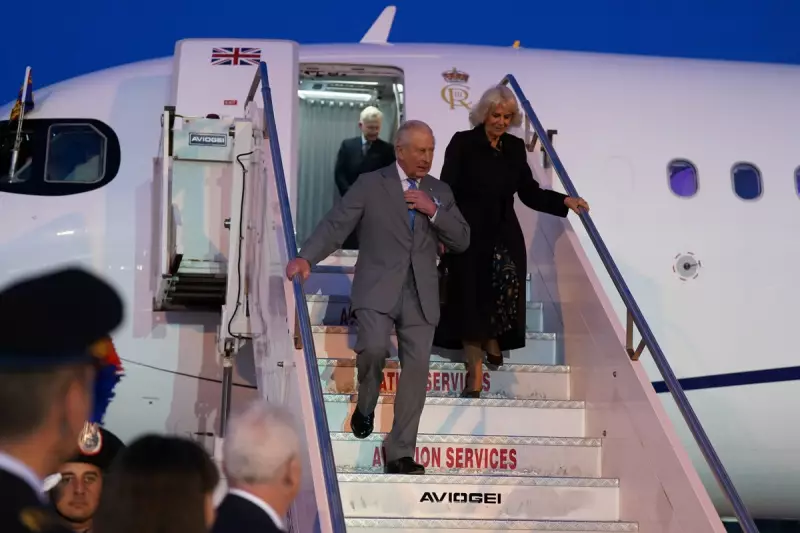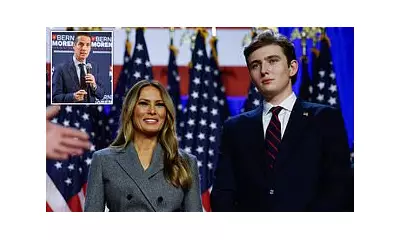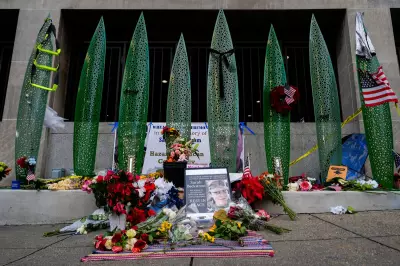
In a historic moment that bridges centuries of religious division, King Charles III and Queen Camilla attended a Catholic service at Westminster Cathedral on Friday, marking an unprecedented moment in British royal history.
The visit represents the first time a reigning British monarch has participated in a Catholic Mass since the Reformation, breaking with tradition in a powerful demonstration of interfaith unity.
A Symbolic Gesture of Unity
Their Majesties joined congregation members for the Celebration of the Eucharist, sitting among worshippers in a move that emphasised their personal commitment to religious harmony. The service was conducted by Cardinal Vincent Nichols, the Archbishop of Westminster and most senior Catholic cleric in England and Wales.
This groundbreaking appearance comes just months after the Coronation, where Charles was crowned as Supreme Governor of the Church of England - a position that historically maintained separation from the Catholic Church.
Breaking Centuries of Tradition
The significance of this gesture cannot be overstated. Since the Reformation and the establishment of the Church of England, British monarchs have maintained a careful distance from Catholic services. The Act of Settlement 1701 specifically prohibits Catholics from ascending the throne, making Charles's participation particularly noteworthy.
Queen Camilla has previously attended Catholic services, including the funeral of Pope Benedict XVI in January, but this marks the first joint appearance with the King at such an event.
Continuing a Personal Commitment
King Charles has long championed interfaith dialogue throughout his time as Prince of Wales. His attendance at the Catholic service aligns with his stated vision of being "Defender of Faith" rather than just "Defender of the Faith," acknowledging Britain's multi-faith society.
The royal couple's participation in the service demonstrates their commitment to fostering understanding between different religious communities across the United Kingdom and Commonwealth.
This historic moment signals a new chapter in the relationship between the monarchy and Britain's diverse religious landscape, potentially paving the way for greater interfaith engagement in future royal engagements.





